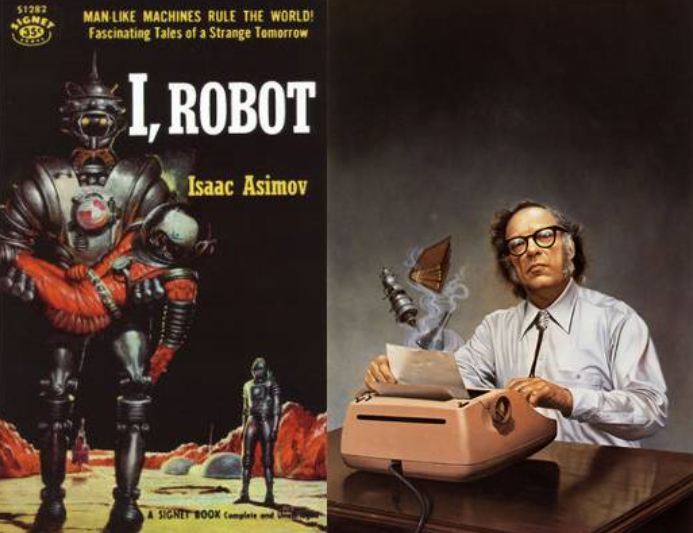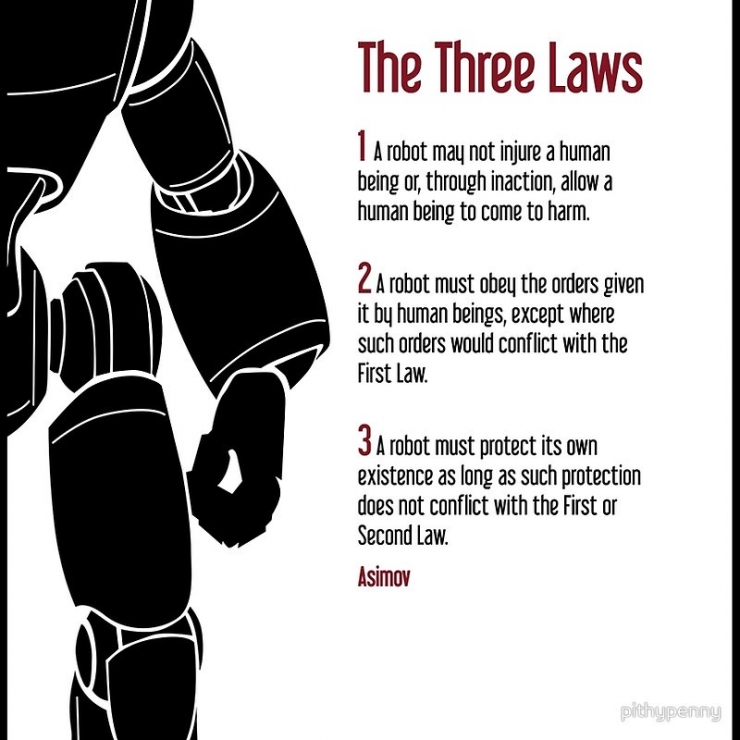
In 1942, Asimov first proposed the famous three laws of robotics in the short story "Runaround" to ensure that robots and friends would treat people kindly:
Robots must not harm humans or cause harm to humans through inaction.
Unless the first law is violated, robots must obey human orders.
Unless the first and second laws are violated, the robot must protect itself.

What I want to talk about today is the first law. Two years ago, the famous Robotics expert Rodney Brooks first released the robot Baxter. Since then, many media and people in the industry have stated that robots that can assist humans are in fact quite safe and can live in harmony with human beings and fight side by side.
In the past 30 years or so, industrial robots have developed rapidly. They have entered the factory, stood on the production line, worked silently, were delicate and efficient, and had a deep reputation. In September 2013, BMW introduced the robot to the production line of the Spartanburg factory for the first time. The robot was born out of Universal Robots. In May 2015, Universal Robots was acquired by Teradyne for US$350 million. Richard Morris, head of the Spartanburg factory, said: Before the workers did this work, they were often injured.
Let the robot feel painThe robot can complete this work more safely and efficiently, and it can be said to rescue those injured workers. However, with the popularity of robots, people began to worry about a problem: will robots harm humans?
The answer is yes. According to the US Occupational Safety and Health Council data: In the past 30 years, robots have caused at least 33 deaths in the United States. This figure does not seem to be large, but it also indicates the danger on the road ahead. Now, robots have not been caged like they were before. They have greater authority and freedom.
Kent Massey, head of the well-known robotics project HDT Robotics, said: “To make robots more productive, they must work with humans. In order to achieve this goal safely, robots must become more like humans. They must have eyes and touch, and It needs wisdom to use touch."
Nowadays, many research departments create robots with haptic systems that allow robots to empathize with humans and avoid harming humans. Johannes Kuehn, head of the robotics program at Hanover University in Germany, said: “They are now exploring a technology that can make robots feel painful. The research team believes that painful robots are worth developing because they can make the robots themselves and people working with them safe from harm. For example, if a robot's switch or motor feels a threat, they will be able to take defensive measures.
Kuehn said: "Pain can protect us. When we feel pain, we will take protective measures to avoid harm."

For this purpose, Kuehn and his companion Sami Haddadin are working hard to create a "robot nervous system." In order for the system to work, it needs to make the robot feel the source of pain (such as burning or knife cutting) and also needs the robot to respond to pain. The team sought inspiration from the human pain system. They created a robotic arm with a sensor that senses pressure and temperature on the fingertips, and simulated human skin to create a “robot tissue†that measures the degree of pain and how it reacts. If the robotic arm feels a slight pain, it will respond slowly until it stops and then it will continue to work. A serious pain sensation will put the robot arm in lock until it can get the help of the human operator. If the robot can recognize the pain and respond, then it can also warn the human side to ensure human safety.
This is not the first time that humans "domesticated" the robot and tried to make the robot more human. DARPA (US Department of Defense Advanced Research Projects Agency) has conducted several projects to make robots distinguish right from wrong. Earlier this year, DARPA began to let robots read children's books, so that robots can feel more like human beings.
Before, robots were usually isolated from humans, locked in cages, or separated from humans by a curtain. When humans approach, the robot feels infringed, or humans make mistakes, the robots usually react and cause harm to humans. But now, robots are more intimate with humans. Recently, Tesla created the world's first fatal case, so that people began to worry about the safety of the robot.
Develop robotic damage alert mechanism "The reason why Tesla made this tragedy was because at the time, the robot was scared. When the robot was scared," said Bryant Walker Smith, an unmanned expert at the Stanford Law School's Network and Society Center. Will react wrongly."
Now, one of the biggest concerns for robots is the commercialization of drones. There are many examples now that drones interfere with normal air traffic. Therefore, we must introduce relevant laws and regulations that stipulate drone navigation routes, especially in key areas such as airports, power plants, and stadiums. Just recently, Airbus announced cooperation with Dedrone, a company focused on drone surveillance, to use its sensor technology for airports. It is reported that this technology has been applied in sensitive areas such as stadiums, prisons and gas stations before.

In general, sensors can constantly scan, analyze images, and watch or listen to the surrounding activities. If it detects a drone, the system will warn people in the vicinity. The drone security services market is rapidly expanding. Dedrone also welcomes competitors such as DroneShield, Drone Detector and SkySafe.
When I was walking my dog ​​in Manhattan, I looked at the drone flying overhead. I was very grateful to these companies for their protection and for us to get along with the robots.
Via:Medium
Pvc Wire,Aluminium Core Wire,Aluminium Core Pvc Insulation Wire,Aluminium Conductor Grounding Wire
Baosheng Science&Technology Innovation Co.,Ltd , https://www.bscables.com
